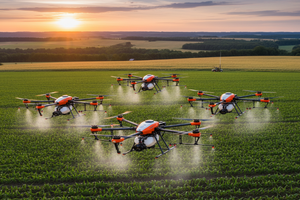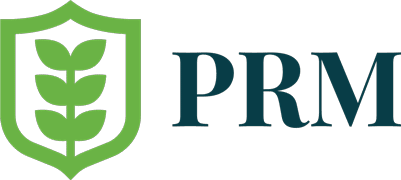Source: Research Intelo
According to Research Intelo, the global agricultural drones market size reached USD 4.7 billion in 2024, demonstrating robust momentum with a CAGR of 21.3% from 2025 to 2033. The market is projected to attain a value of USD 29.1 billion by 2033, driven by the escalating adoption of precision farming and the growing demand for advanced agricultural solutions.
This remarkable growth trajectory is underpinned by the increasing integration of cutting-edge drone technologies for crop monitoring, field mapping, and yield optimization across diverse geographies. As per our latest research, the sector is witnessing unprecedented innovation, with technological advancements and supportive regulatory frameworks acting as key enablers for market expansion.
The global Agricultural Drones Market is witnessing exponential growth as farmers increasingly adopt advanced technologies to enhance crop productivity and reduce operational costs. Drones, once limited to military and recreational uses, have evolved into essential tools for precision agriculture. They provide aerial imaging, crop monitoring, spraying, and field mapping solutions, enabling data-driven decisions for better yield and sustainability.
The integration of artificial intelligence (AI), multispectral imaging, and GPS technologies further amplifies their capabilities, transforming modern farming into a more efficient and environmentally responsible sector.
Market Overview and Growth Drivers
The agricultural drones market has expanded significantly due to growing awareness of precision farming and the need to optimize resources amid rising global food demand. Farmers face challenges such as unpredictable weather conditions, pest infestations, and water scarcity. Drones help mitigate these issues by providing real-time data and reducing manual labor.
Government initiatives supporting smart agriculture, coupled with the availability of affordable drone solutions, are also accelerating adoption. The global agricultural drones market is projected to witness robust growth over the next decade, driven by demand for automation in agriculture, rising investment in agri-tech startups, and the need for sustainable food production systems.
Technological Advancements Driving Innovation
The integration of AI, machine learning, and IoT is redefining the capabilities of agricultural drones. AI-powered drones can autonomously navigate fields, analyze crop patterns, and generate actionable insights without human intervention.
Battery life and payload capacity improvements have extended drone flight times, allowing them to cover larger areas. Additionally, the use of 5G technology is enhancing real-time data transmission, improving the accuracy of remote monitoring and control.
Manufacturers are also developing hybrid drones that combine the endurance of fixed-wing models with the agility of multirotor drones, making them ideal for large-scale agricultural operations.
Market Challenges
Despite rapid growth, the agricultural drones market faces several hurdles:
• High Initial Costs: Advanced drones with sophisticated imaging sensors and AI capabilities can be expensive, deterring small-scale farmers.
• Lack of Technical Expertise: Many farmers lack the knowledge to operate drones or interpret aerial data effectively.
• Battery Limitations: Restricted flight time due to battery constraints can be a challenge for large farms.
• Data Privacy and Security: As drones collect sensitive information, ensuring data protection remains a concern.
Overcoming these challenges through training programs, subsidies, and affordable drone leasing models will be vital for sustained growth.
Future Outlook
The future of the agricultural drones market looks promising, with continued integration of automation, data analytics, and sustainability goals. The emergence of drone-as-a-service (DaaS) models is likely to make drone technology more accessible to farmers who cannot afford ownership. Moreover, advancements in swarm drone technology, where multiple drones coordinate simultaneously for large-area monitoring, could revolutionize large-scale farming operations.
As climate change and resource scarcity push the agricultural sector towards innovation, drones will play a critical role in bridging efficiency gaps and promoting sustainable food systems. The combination of AI analytics, satellite imagery, and drone-based data collection will enable a new era of smart agriculture where decisions are predictive rather than reactive.



